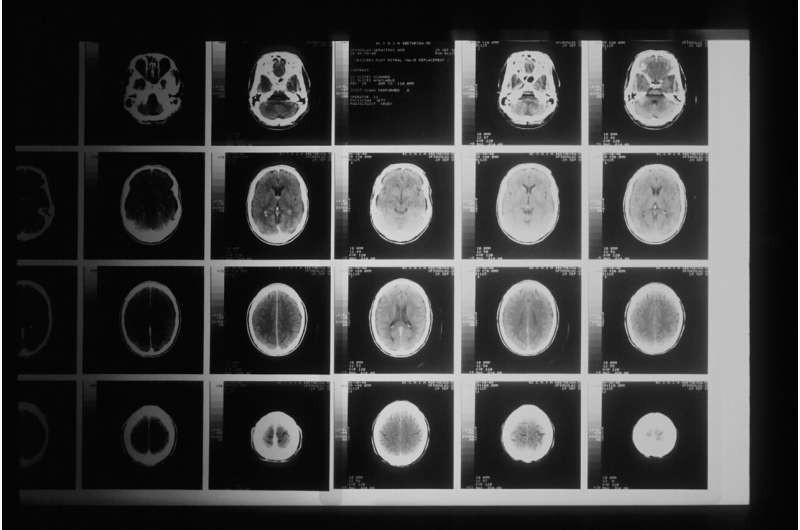
Genetic mutations in early development have been implicated in several psychiatric disorders such as autism and schizophrenia, symptoms of which typically manifest during childhood and early adulthood. However, mutations came in two flavors: those that are inherited and those that occur—spontaneously or induced by the environment—after fertilization and can continue throughout life.
Scientists studying those non-inherited, or somatic, mutations in frozen post-mortem human brains have found that about 6% of brains are much more likely to accumulate large numbers of these mutations and that these “hypermutable” brains tend to be 40 years old or older, they report July 28 in the journal Science.
The researchers attribute this phenomenon to cell lines with mutations that outcompete other cell lines, similar to clonal hematopoiesis in the bone marrow that can cause blood cancer in older individuals.
“This is the first large-scale study of somatic mutations in human brains and we did not expect to find this hypermutability in older populations,” said Yale’s Flora Vaccarino, Harris Professor in the Child Study Center, professor of neuroscience, and co-senior author of the paper.
For the study, researchers from Yale, the Mayo Clinic, and the Lieber Institute of Brain Development at Johns Hopkins School of Medicine searched for somatic mutations in 131 human brains, including 44 from subjects with no known disorders, 19 with Tourette syndrome, nine with schizophrenia, and 59 with autism. While most brains had 20 to 60 non-inherited mutations, about 6% had hundreds; most of these hypermutated brains were from individuals aged 60 years or older. Hypermutated brains constituted 16% of brains 60 or older, while only 2% of those under 40 years old. These hypermutations were not associated with any disease.
However, the increased number of hypermutations in older brains led scientists to speculate that large number of mutations could be associated with Alzheimer’s disease and/or brain cancers.
Close examination of the brains from donors with autism showed that somatic mutations were linked to the deletion of large areas of DNA and to disruption of the ability of transcription factors to bind to DNA regulatory elements and regulate gene activity.
The researchers also stressed that although no link between somatic mutations and schizophrenia and Tourette’s were found in this study, more research is needed to rule out their role in the development of those diseases.
Bill Hathaway, Yale University

